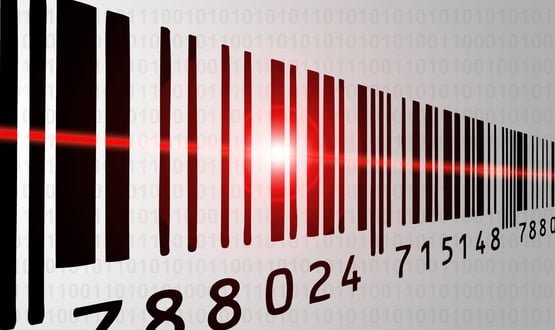Never events list demands wristbands
- 28 February 2011

All organisations providing NHS care will be required to provide their patients with standardised printed wristbands or risk not being paid for procedures.
New measures have been announced to coincide with the publication of an updated list of ‘Never Events’ by the Department of Health.
This list has been extended from eight serious events that should not occur if the available preventative measures have been implemented to 25.
One of the new never events is ‘death or severe harm as a result of administration of the wrong treatment following inpatient misidentification due to a failure to use standard wristband identification processes.’
Health secretary Andrew Lansley said: “[The never events] will be enshrined in the NHS Standard Contract, meaning that payment from GPs or other commissioners will be withheld where care falls short of the acceptable standard.”
Last week, eHealth Insider reported that several major acute trusts had failed to generate and print standardised wristbands for their patients, even though a deadline requiring them to do so passed more than 18 months ago.
In March 2007, the National Patient Safety Agency issued a Safer Practice Notice Alert requiring NHS organisations in England and Wales to standardise and print patient wristbands by July 2009.
The alert said they should do this from the hospital demographic system at the patient bedside "where possible."
The new list of never ever events states that failure to use standard wristband identification processes includes: failure to use patient wristbands that meet the NPSA’s design requirements; failure to include the four core patient identifiers; failure to follow clear and consistent processes for producing, applying and checking wristbands; and printing several labels with patient details at one time.
In addition, the new list widens the type of organisations that are required to print wristbands from community and acute trusts to cover acute, mental health and learning disabilities, community and ambulance services.
However, it excludes circumstance where the patient refuses or cannot wear a wristband or in emergency care environments where high patient turnover or the need for rapid treatment can delay wristband use.
The document published by the DH names the wristband never event as key to avoiding potentially other serious incidents.
It says: “There are some events that could count as more than one event under the new “never event” list.
For example, misidentification of a patient following a failure to use wristbands correctly could lead to wrong site surgery being the inappropriate treatment that the patient receives.”
Other never events on the list include leaving foreign bodies in a patient after an operation, giving patients the wrong blood, organs and certain kinds of drugs, and death and injury from falls from windows and ‘entrapment in bed rails’.




